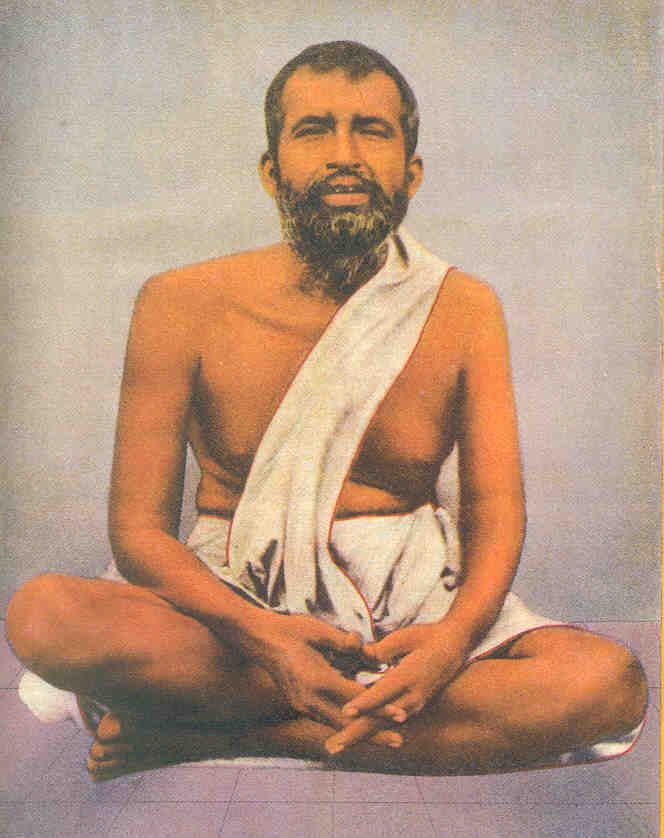The Gospel of Sri Ramakrishna :34, 35, 36, 37, & 38.

FUTURE MONKS But to the young men destined to be monks he pointed out the steep path of renunciation, both external and internal. They must take the vow of absolute continence and eschew all thought of greed and lust. By the practice of continence, aspirants develop a subtle nerve through which they understand the deeper mysteries of God. For them self-control is final, imperative, and absolute. The sannyasis are teachers of men, and their lives should be totally free from blemish. They must not even look at a picture which may awaken their animal passions. The Master selected his future monks from young men untouched by "woman and gold" and plastic enough to be cast in his spiritual mould. When teaching them the path of renunciation and discrimination, he would not allow the householders to be anywhere near them. RAM AND MANOMOHAN The first two householder devotees to come to Dakshineswar were Ramchandra Dutta and Manomohan Mitra. A medical practitioner and ch...



